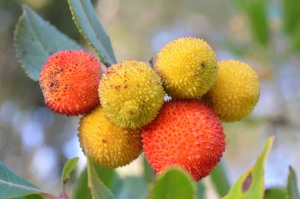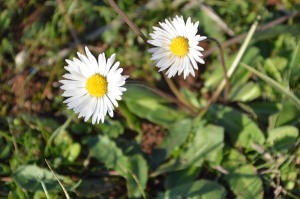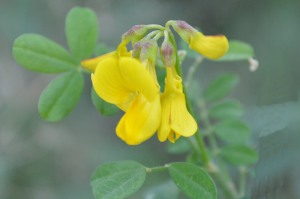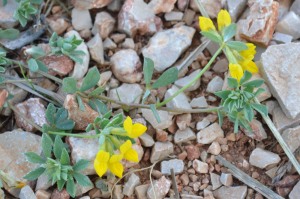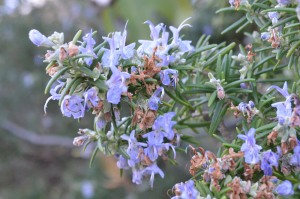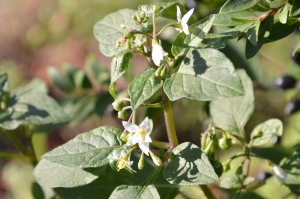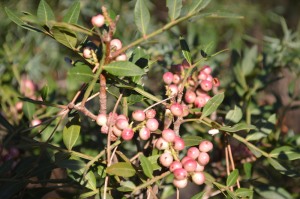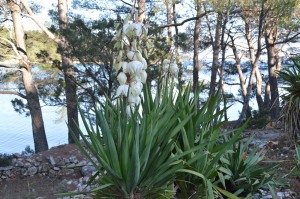-
Christmas Day expected to be dry and bright, with low temperature warnings posing greater risk to vulnerable people
Christmas Day will bring bright weather in much of the UK, but a cold health alert has been issued warning of a “greater risk to life of vulnerable people”.
While the prospect of a white Christmas is “highly unlikely”, according to forecasters, the UK Health Security Agency (UKHSA) has issued a yellow cold health alert from 6pm on Christmas Day to noon on 27 December for south-west England.
Continue reading...
-
Seaweed has become a key cash crop as climate change and industrial trawling test the resilient culture of the semi-nomadic Vezo people
Along Madagascar’s south-west coast, the Vezo people, who have fished the Mozambique Channel for countless generations, are defined by a way of life sustained by the sea. Yet climate change and industrial exploitation are pushing this ocean-based culture to its limits.
Coastal villages around Toliara, a city in southern Madagascar, host tens of thousands of the semi-nomadic Vezopeople, who make a living from small-scale fishing on the ocean. For centuries, they have launched pirogues, small boats carved from single tree trunks, every day into the turquoise shallows to catch tuna, barracuda and grouper.
A boat near lines of seaweed, which has become a main source of income for Ambatomilo village as warmer seas, bleached reefs and erratic weather accelerate the decline of local fish populations
Continue reading...
-
Scientists working for government breed biological control agents in lab to take on species choking native wildlife
Crayfish, weevils and fungi are being released into the environment in order to tackle invasive species across Britain.
Scientists working for the government have been breeding species in labs to set them loose into the wild to take on Japanese knotweed, signal crayfish and Himalayan balsam, and other species that choke out native plants and wildlife.
Continue reading...
-
Dursley, Gloucestershire: We have to embrace these darker months and get outside, but there’s also only so much wind and sludge I can take
Winter is tiring. The footpath is a gully of slop, and each step forwards is a little slip backwards. The north-facing slope was OK – the frost hadn’t been thawed by the sun, and crunchy ground is better than slippy ground. But the rest of Gloucestershire has turned into slurry.
It’s just as well that I enjoy it; I do this every week. For the last seven years I’ve been going out on a Friday, taking some combination of buses and trains to wherever the previous walk ended, and continuing. My Friday walk is a single tangly line stretching from Birmingham to Dorset, and the Malverns to the M25, and I go whatever the weather.
Continue reading...
-
Met Office says temperatures are tracking ahead of 2022 after year of heatwaves and drought, though late cold spell could yet intervene
Forecasters say 2025 is “more likely than not” to break the record for the hottest year in the UK since records began, after a summer of heatwaves and drought followed by a mild autumn.
According to the Met Office, the official forecaster, the mean temperature for 2025 is tracking well ahead of the previous highest year, set in 2022. However, a colder spell expected from Christmas until the new year makes it too close to call definitively.
Continue reading...
-
From Copenhagen’s cycle lanes and Vienna’s shared parks to Barcelona and London’s unfulfilled potential, better living is close at hand
The angry rumble of a speeding SUV. The metallic smog of backlogged traffic. The aching heat of sun-dried neighbourhoods baking in an oven of concrete and asphalt.
For most people, the mundane threats that plague our environments are likely to annoy more than they spark dread. But for scientists who know just how dangerous our surroundings can be, the burden of knowledge weighs heavy each day. Across Europe, environmental risks cause 18% of deaths from cardiovascular disease and 10% of deaths from cancer. Traffic crashes in the EU kill five times more people than murders.
Continue reading...
-
U-turn lifts limit from £1m to £2.5m after protests and warnings that family farms were at risk
Ministers will increase the threshold for taxing inherited farmland from £1m to £2.5m after months of pressure from campaigners and MPs representing rural areas.
In a statement slipped out just before Christmas, the environment department announced the U-turn, which will apply from April when the tax kicks in.
Continue reading...
-
Our 20 favourite pieces of in-depth reporting, essays and profiles from the year
Victor Pelevin made his name in 90s Russia with scathing satires of authoritarianism. But while his literary peers have faced censorship and fled the country, he still sells millions. Has he become a Kremlin apologist?
Continue reading...
-
Thousands of farms set to go bankrupt as grain farmers in particular hit by trade disruptions caused by price hikes
Donald Trump, having promised to “NEVER LET OUR FARMERS DOWN”, appeared to come through for them this month when he unveiled a $12bn aid package. Industry leaders say thousands of farms will still go bust this year.
While the US president has vowed to increase domestic farm production, and even claimed this formed a “big part” of his plan to lower grocery prices for Americans, many US farmers are grappling with mounting financial issues – compounded by Trump’s agenda.
Continue reading...
-
Studies show crustaceans can learn, remember, solve problems and form relationships
Crustaceans are a festive season staple for many families, particularly in Australia where an estimated 18.5m kilograms of prawns and more than 150,000 lobsters are eaten over Christmas and new year.
Globally, trillions are caught and consumed each year. Australia is a major producer, with prawn, lobster and crab industries valued at more than $1bn.
Sign up to get climate and environment editor Adam Morton’s Clear Air column as a free newsletter
Continue reading...

